Miguel Ruiz's router pantograph
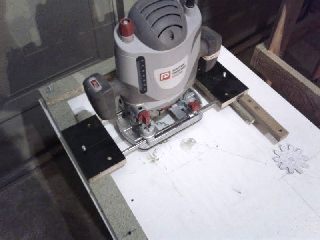
Miguel Ruiz sent me some pictures of his router pantograph.
Miguel writes:
Thank you for sharing your amazing creativity. You're a great inspiration.
Before I knew about your site (see left)...
And after (see below)...
I had lots of fun building it and seems to work just fine.
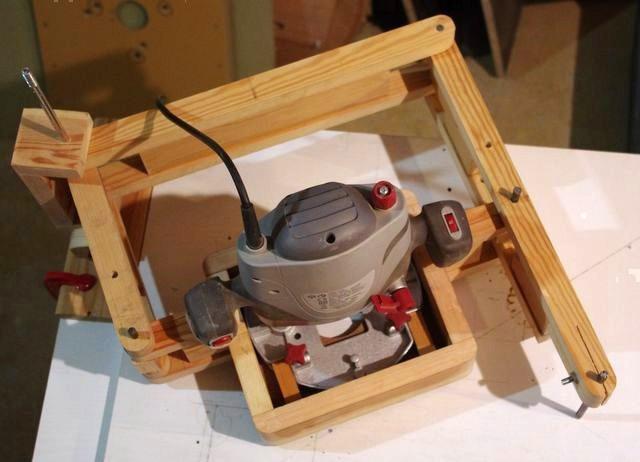
I replied:
Oh, that looks neat. Do you have more pictures of it? Would be fun to post as a reader project.
Miguel responded:
Really? oh well, I'm glad you like it. The thing is... all I wanted to do is to make is a few wooden gears when I came across your site and I don't know how I ended up building this.
Please find attached a few more pictures as requested. Feel free to use them on your site if you think it's worthy.
rgds
Miguel
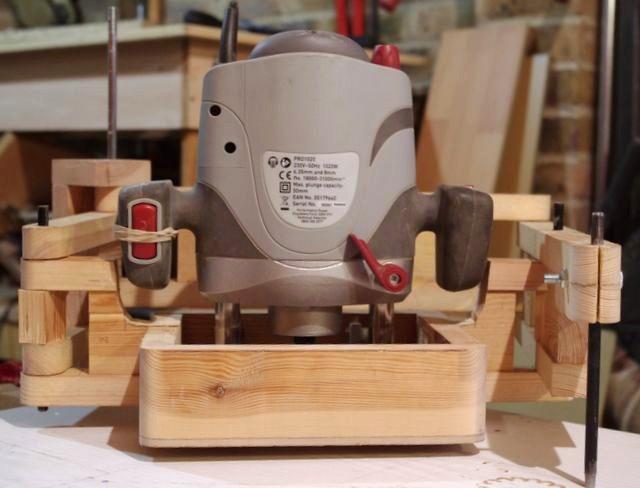
Funny how that getting carried away thing can happen! But I think many inventions and innovations we take for granted today at some point started with somebody getting carried away with solving a problem.
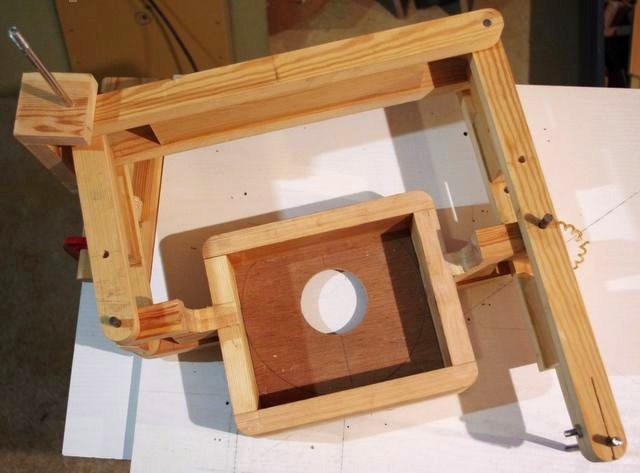
From time to time, people ask if a plunge router can be used in the pantorouter or the 3D router pantograph. The problem is that the style of router with a fixed base and 3.5" (89 mm) diameter body is difficult, though not impossible, to get outside of North America.
I always recommend against using plunge routers because the bulky base and handles really get in the way, though Miguel shows that this style of pantograph can be built using a plunge router.
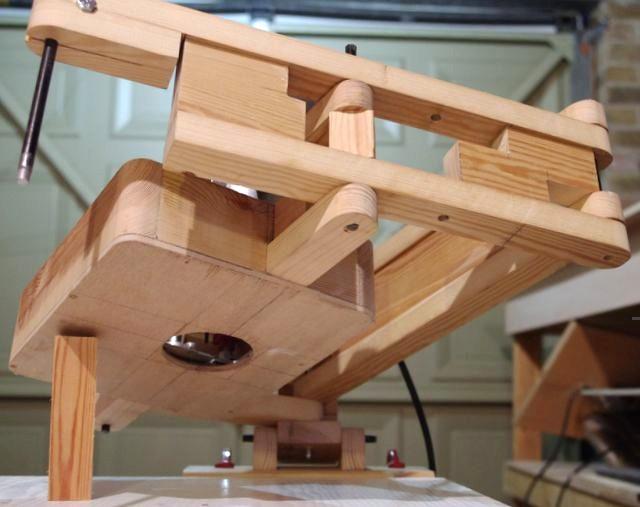
Using a plunge router for a pantograph does involves some compromises. The large mount for the base collides with the links at too large or small an angle, which limits the range of motion.
also, the base needs to come quite far down, which makes it difficult to see the work in progress. In fact, this pantograph is in several ways "upside down" with respect to my design because the base mounting box needs to be quite low.
Click any image below to enlarge
See also:
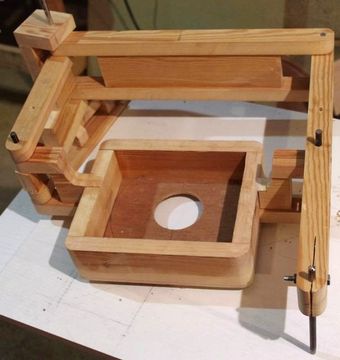
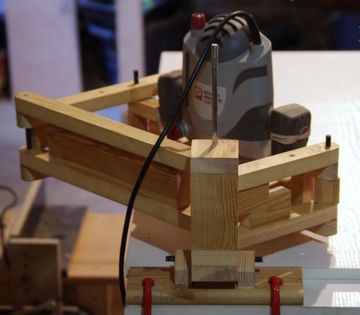
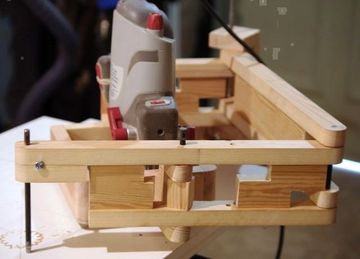
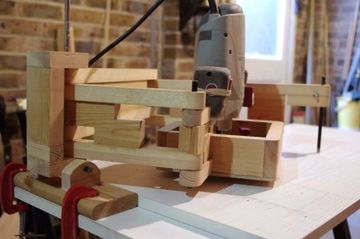
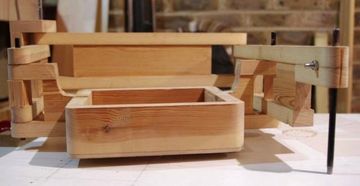
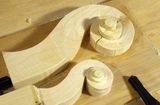 Carving a violin scroll
Carving a violin scroll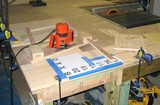
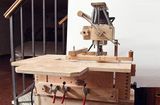
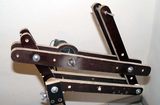
 3D router pantograph
3D router pantograph